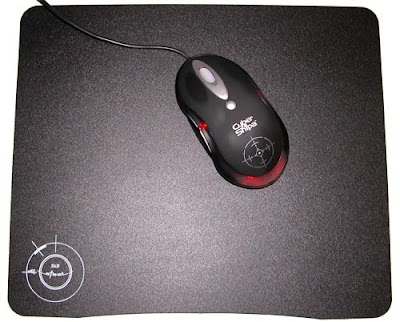
DDR2 SDRAM is a double data rate synchronous dynamic random access memory interface. It supersedes the original DDR SDRAM specification and the two are not compatible. In addition to double pumping the data bus as in DDR SDRAM, (transferring data on the rising and falling edges of the bus clock signal), DDR2 employs an I/O buffer between the memory and the data bus so that the data bus can be run at the twice the speed of the memory clock. The two factors combine to achieve a total of 4 data transfers per memory clock cycle.
With data being transferred 64 bits at a time, DDR2 SDRAM gives a transfer rate of (memory clock rate) × 2 (for bus clock multiplier) × 2 (for dual rate) × 64 (number of bits transferred) / 8 (number of bits/byte). Thus with a memory clock frequency of 100 MHz, DDR2 SDRAM gives a maximum transfer rate of 3200 MB/s.
Since the memory clock runs at half the external data bus clock rate, DDR2 memory operating at the same external data bus clock rate as DDR will provide the same bandwidth but with higher latency, resulting in inferior performance. Alternatively, DDR2 memory operating at twice the external data bus clock rate as DDR may provide twice the bandwidth with the same latency (in nanoseconds). The best-rated DDR2 memory modules are at least twice as fast as the best-rated DDR memory modules.








